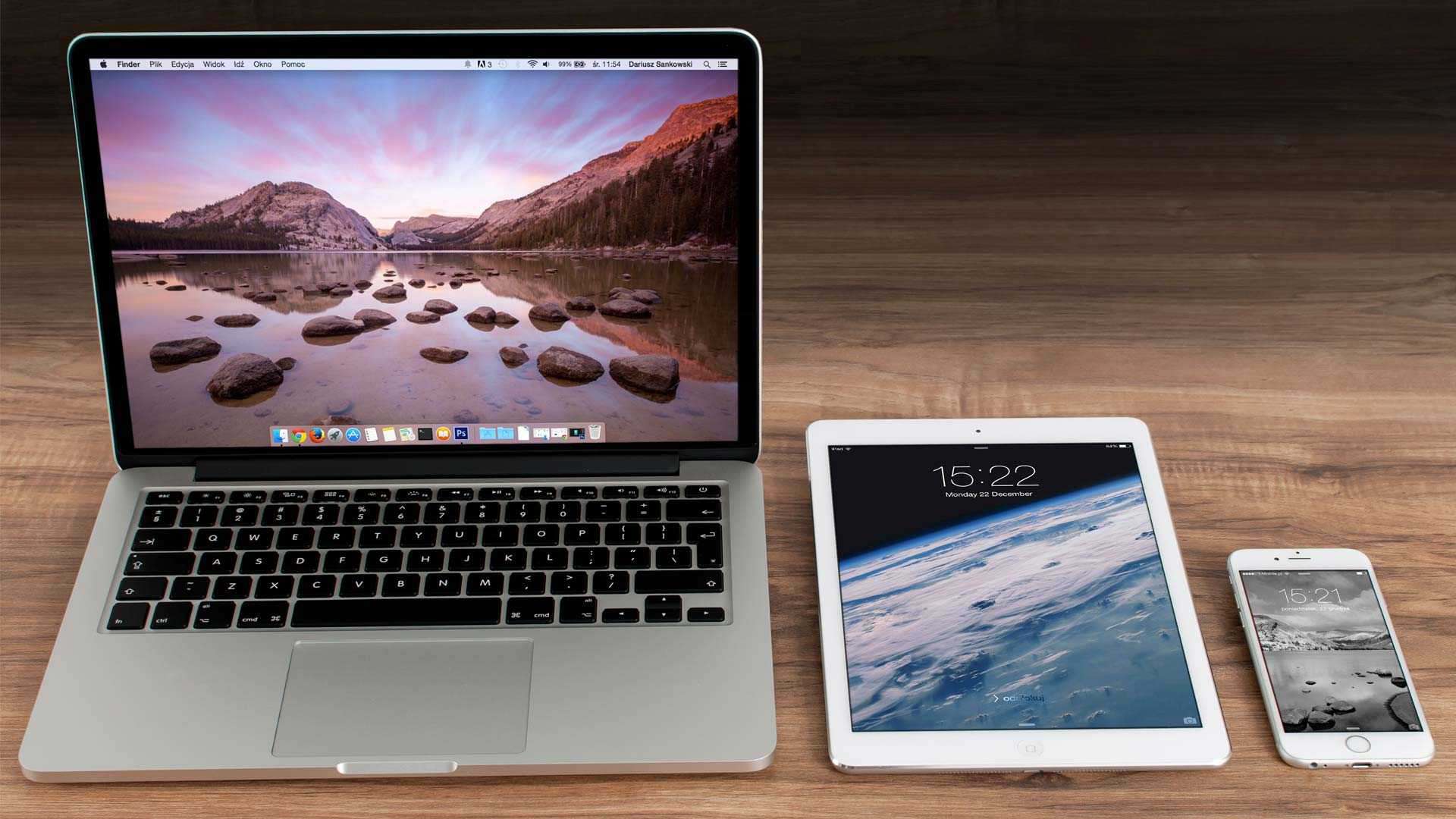The Difference Between Invention and Innovation
Many think innovation is simply a fancy new word for invention, wrongly assuming that they are one and the same

Director of Marketing Communications

Innovation has become a buzzword in the business world; if you want to compliment a company, calling them “innovative” is the way to go. This has happened quietly, at the expense of another word that we don’t hear much anymore. Invention has all but dropped out of the business lexicon. It’s easy to miss its absence; after all, many people think innovation is simply a fancy new word for invention, wrongly assuming that they are effectively one and the same.
Admittedly, the two words are closely connected, but they are not synonyms and should never be used interchangeably – innovation and invention are two very different things.
Innovation connects the dots between inventions. Spotting potential for improvement, it cleverly fills a gap in the market and combines inventions into products that will attract customers and generate commercial success.
Not convinced yet? Let’s have a closer look at invention, innovation, and the line between these two buzzwords.
Invention creates something new, innovation creates something that sells
The Cambridge Dictionary defines an invention as “something that has never been made before, or theprocess ofcreating something that has never been made before”. By definition, it has to be something entirely new, so an invention is something that has never been done before. To invent something is to discover a new thing.
Meanwhile, to innovate means “to use a newidea ormethod”. To innovate is to introduce something new to the market, to manipulate existing inventions and turn them into a product or process that is of use in the real world.
It’s not difficult to see how tricky it can be to distinguish between these two concepts. After all, “new” is the keyword for both innovation and invention. But the essential difference is that inventors create something completely original. This could, for example, be a technical idea or a scientific process.
Of course, inventions also have to be proven to work. You can’t simply come up with any new idea – you have to be able to show that you can make it a success. That’s where innovation comes in. Innovators might come up with something that is not new at all. Rather, they operate within the realm of what already exists and is readily available to work with. Innovators use processes or platforms that have already been invented to create a commercially successful product or process that will satisfy a market need and have customers ready to queue. A product or process is inventive if it has never been done before – whether it is innovative depends on whether users will get a real value out of it.

If we think about invention and innovation in a real-life context, we can observe a pattern. Great innovations were not necessarily made by those who first came up with the idea. Instead, they are credited to the innovator who managed to turn the idea into a viable product.
Take for example the telegraph, one of the great innovations of the nineteenth century. The first crude telegraph was invented in Bavaria in 1809, but Samuel Morse, who also created Morse Code, was the first person to build a commercially successful telegraph communication system. Morse’s telegraph was affordable, efficient, and could reach further than similar efforts made by Sir William Cooke and Charles Wheatstone at the same time in London. Who cared that it wasn’t his idea to begin with? Morse certainly didn’t – he started the Magnetic Telegraph Company and launched the first commercial telegraph line in the US. With its high speed, this innovation revolutionised the face of communication. Morse didn’t invent the first telegraph, but he developed and improved the process, launching the first commercial telegraph and shaping the communication landscape of the early nineteenth century.
There’s a valuable lesson to be learnt here. An original invention won’t get you very far if it’s not innovative enough. If an invention lacks real-life value for the user, it will be overtaken by an innovation that manages to satisfy a need.
James Dyson’s spin on the vacuum cleaner is a more modern example of how innovation can reshape an entire industry. Dyson noticed that a traditional vacuum cleaner loses suction as the bag fills up, and set about developing a more efficient machine. During a visit to a local sawmill, Dyson observed how sawdust was removed from the air by large industrial cyclones, identifying that the technology could be applied to a vacuum cleaner; separating dust by cyclonic action and spinning it out of the airstream, thus eliminating the need for a bag and filter. When finally launched, Dyson’s machine became the biggest selling vacuum cleaner in the UK in just 18 months, evidence that with a little creative thinking, even the most everyday items can be innovated and improved upon.

“Creative” is another word often bandied around in the same breath as “innovation” and “invention”. Let’s examine what creativity really means in the context of invention and innovation, and how it can help us add another layer to our understanding of the two.
The term “creative” refers to the ability to think and act in novel ways. Invention requires creativity in the sense that it depends on the inventor’s ability to create a vision of what they think they are able to build, and to make something happen that no one else has ever done before. Of course, the inventor’s creative vision is constrained by the framework of reality. They want to figure out how to do something in a novel way, working within the constraints of what is possible through science.
Innovators, meanwhile, take an invention and use it to create a vision of a process or product that will be so useful to its users they will happily pay for it. They ask: what needs to be done to improve a product? What is the missing piece of the puzzle that will make this product an invaluable addition to what is already available? Innovators don’t use their creativity to come up with something new. Instead, they use it to envision a commercial success.

So we’ve established that while invention is about creating something new and original, innovation involves turning that novelty into a commercial product. Innovation might be the business world’s glamorous synonym for success, but at its core will always lay invention.
At CPI, we thrive on innovation. We help our inventor clients from industry and academia take their ideas and develop them into innovative solutions which are capable of commercialisation, using our world class open access facilities and wide ranging technological expertise.
Steve Jobs would never have been able to completely turn the market upside down with Apple if Ted Hoff, an Intel engineer, hadn’t invented the first microprocessor in 1971. Hoff’s microprocessor, which was as small as a thumbnail, could run computer programs, remember information, and manage data all in one, paving the way for what we know as the personal computer. Few will know Hoff’s name nowadays, but in order to create something that is irresistible to the market, you need to have a brilliant invention to start with.
Innovative creativity is key to the success of a business and has to underlie any viable commercial concept, but while we celebrate the innovators of today, let’s not forget that behind every great innovation there’s an invention that made everything possible in the first place.
Enjoyed this article? Keep reading more expert insights...
CPI ensures that great inventions gets the best opportunity to become a successfully marketed product or process. We provide industry-relevant expertise and assets, supporting proof of concept and scale up services for the development of your innovative products and processes.